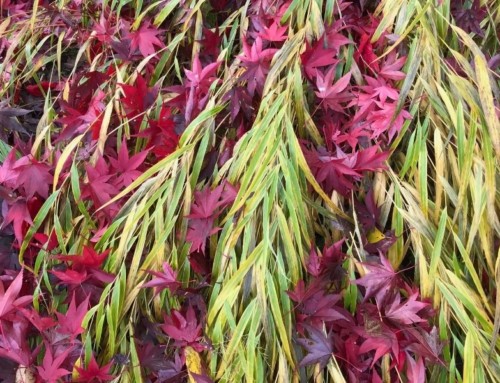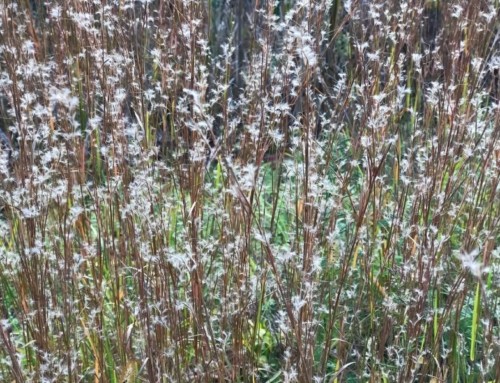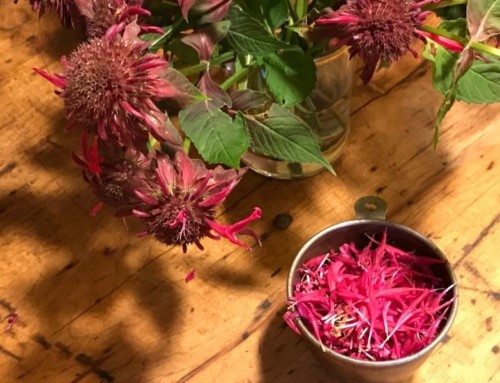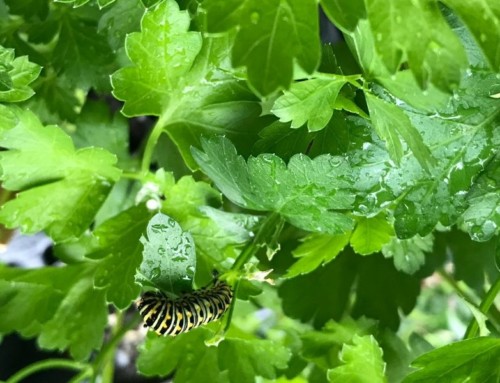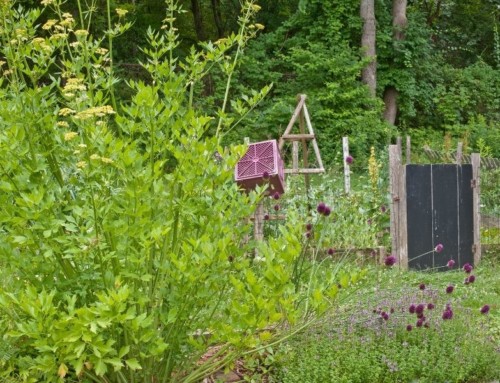Kim Eierman is an environmental horticulturist, landscape designer, speaker, teacher and founder of the horticulture and communications company Eco-Beneficial in Westchester County, NY.
It’s really easy to turn people off by telling the truth. Even willing, well-intentioned listeners can feel beaten up by too many discouraging facts and figures.
Eierman doesn’t just tackle the upsetting truth in her indispensable new book, The Pollinator Victory Garden – she tells us what we can do about it.
As she writes in her introduction, “Pollinator decline is an ecological reality of our time … evident to anyone who gardens or even steps outside during the growing season.”
I’m not so sure that everybody who steps outside notices or cares. I’ve met plenty of people who wanted lots of flowers but no bees. We need to connect the dots.
Eierman succinctly explains why we should care. But the focus is on the positive: how we can create beautiful landscapes that are full of life.
There’s plenty here for us ecology geeks – planting for food webs, adding biomass with trees and shrubs, how agricultural monocultures fail to provide necessary variety and abundance of floral foods.
And fascinating dives into the lives of pollinators: butterflies are mostly solitary and don’t have nests; non-floral foods for pollinators (saps and resins, rotting fruit, aphid honeydew, bird droppings).
She writes, “By planting just a little bit differently and by tweaking your landscape aesthetic, you can transition your landscape into a pollinator haven.”
And then provides project ideas and how-to’s to get us started however we can.
Small DIY Projects
- Pollinator islands
- Enhanced foundation plantings
- Enriched edges
- Extending beds
- Planting in layers
- Pollinator-friendly lawn alternatives
She provides plant lists and checklists with questions to ask yourself now and over time to help plan.
Kim Eierman’s Ten Tips for a Thriving Pollinator Victory Garden
- Plan for a succession of bloom throughout the growing season
- Skip double-flowered plants – they have little, and sometimes no, nectar or pollen.
- Emphasize native plants to support native pollinators and your ecosystem.
- Don’t forget to include flowering trees, shrubs, and vines in your landscape – pollinators need them.
- Plant a diverse array of plants with different flower shapes, sizes and colors
- Create floral targets for pollinators.
- Provide nesting sites for pollinators in your landscape
- Eliminate pesticides from your garden.
- Reduce or eliminate your lawn.
- Add a pollinator habitat sign to your landscape.
(Habitat yard signs available from the Xerces Society for Invertebrate Conservation)

